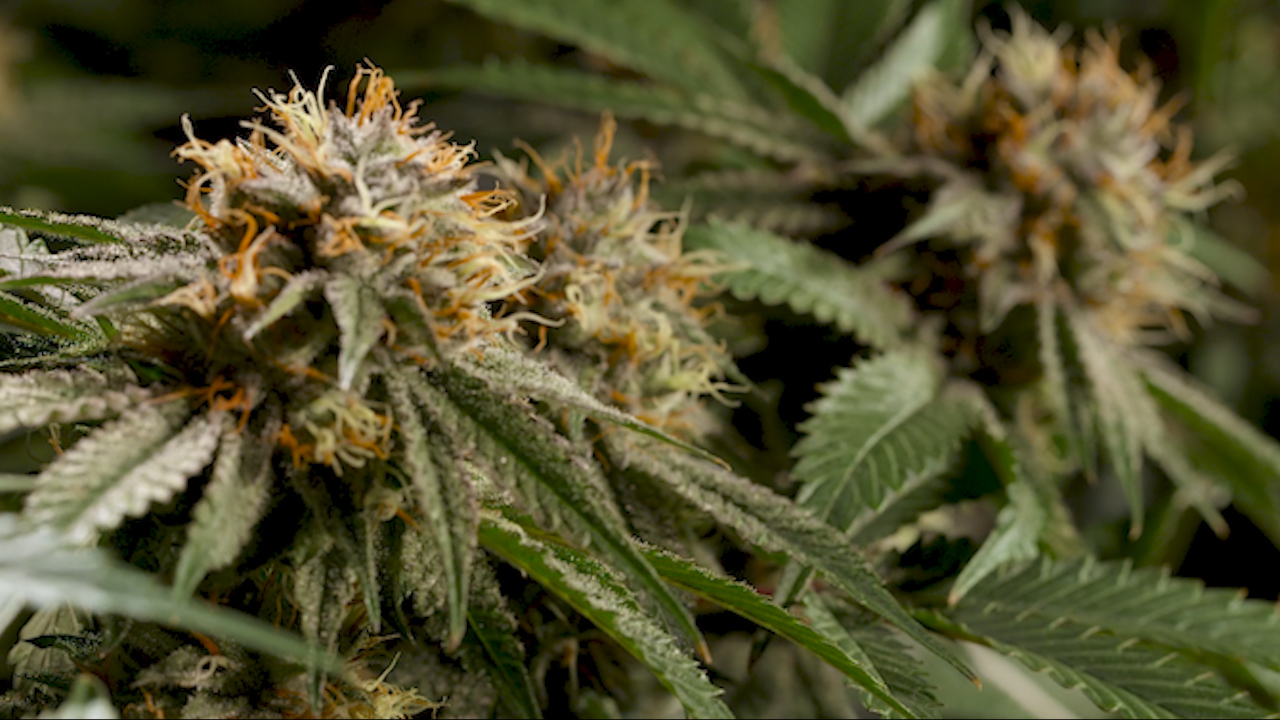Now that marijuana is legal in Maryland, some lesser-known effects of its use are coming to light. Since 2022, the Maryland Cannabis Administration has conducted an annual survey, the Maryland Medical Cannabis Patient Survey, to collect data on these adverse effects.
According to the latest survey released last month, over 4,400 respondents met the criteria for cannabis use disorder, or CUD – with more than half being women.
“There’s always a fine line between misuse and abuse. So when you get into the abuse, you run the risk of meeting criteria for cannabis use disorder,” said Dr. Bernard Ravitz, an addiction medicine specialist.
The criteria for CUD, according to Dr. Ravitz, includes the inability to cut down or control use despite the effects of the drug causing interpersonal, physical or psychological problems. Another major criteria is a significant amount of time spent in getting, using or recovering from cannabis – which usually results in failing to fulfill personal obligations.
“The key is for everyone in the healthcare arena to really try to educate our communities. We do a lot of outreach. We have programs through our hospitals that refer people to treatment programs,” said Ravitz.
In some cases, marijuana use can lead to cannabis hyperemesis syndrome, or CHS – a condition marked by episodic vomiting and abdominal pain due to prolonged use of high doses. Although the majority of respondents said they had never experienced CHS, just over 200 Marylanders, about 2% of those surveyed, reported that they had experienced the condition. Among that group, most were between the ages 26 to 35, with the 36 to 45 age group a close second.
“We have many frequent visitors that have been diagnosed with cannabis hyperemesis syndrome that present in our emergency department, and they are treated symptomatically, usually with IV fluids and, if needed, some antiemetics that reduce the nausea and vomiting,” Ravitz described.
Other than the lesser known health effects, there’s a more pressing matter regarding the drug, according to Ravitz.
“The problem right now is with kids and the manufacturing of the synthetics that look like candy, and we’re seeing an increase of overdose poisoning in children because of children getting a hold of the gummy looking cannabis medications that are now legally sold in the state of Maryland,” said Dr. Ravitz.
The MCA’s Maryland Cannabis Use Biannual Study, also released last month, details the number of cannabis-related calls to poison control has decreased for the first time in seven years – with nearly 80 fewer calls last year than 2023. However, from 2023 to 2024, calls involving infants aged five and under increased by almost 35%. And while cannabis use among minors is down 0.6%, there is still concern of the drug’s effect on the developing brain of this vulnerable group.
In 2022, then-Gov. Larry Hogan established the Cannabis Public Health Advisory Council to study the public health impact of cannabis legalization in Maryland and to make recommendations on advertising, labeling, testing, and youth cannabis use and prevention. In its latest public meeting on April 16, the council discussed the need for more data on marijuana’s impact on the developing brains of minors, as well as improved monitoring of additives that could potentially increase these poison control calls.
“Cannabis, I think, is more mainstream – yet there are so many issues that are presenting themselves since it’s been more legalized that we need to really create more policy and really learn from the lessons of alcohol and tobacco and not permit big industry to get involved with lobbying for marijuana,” said Dr. Ravitz.

